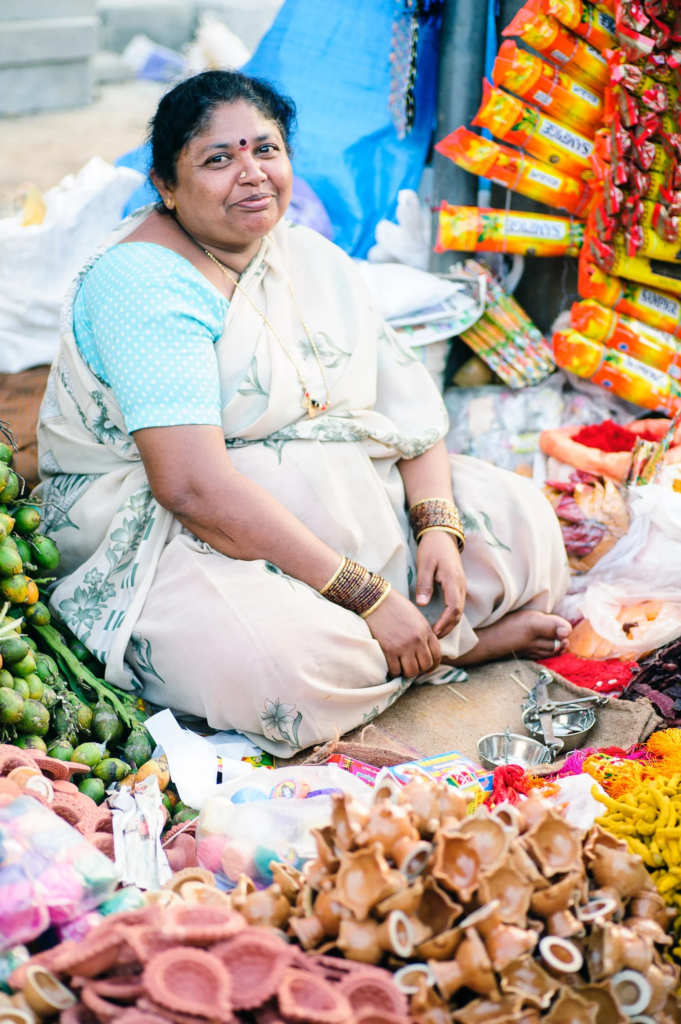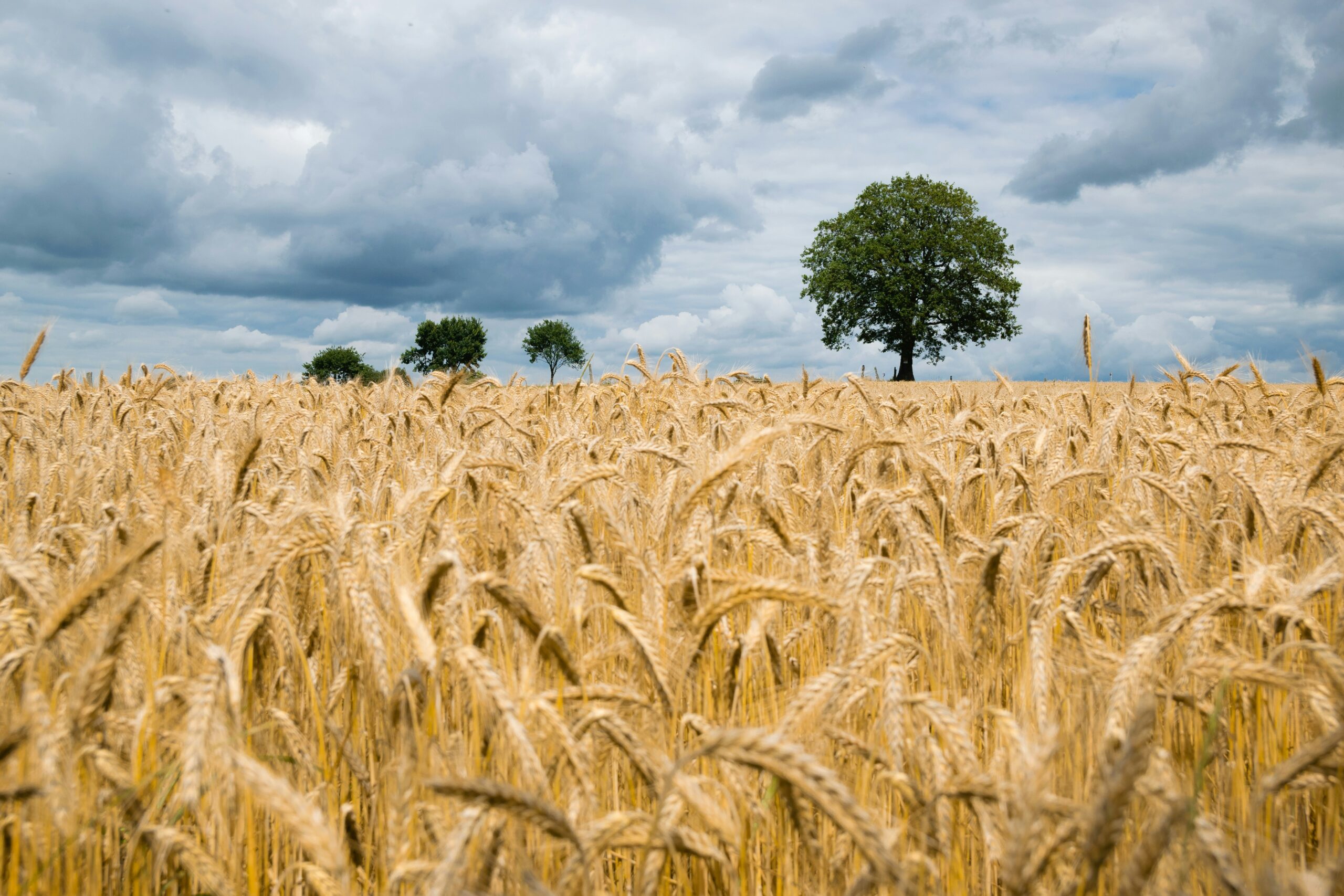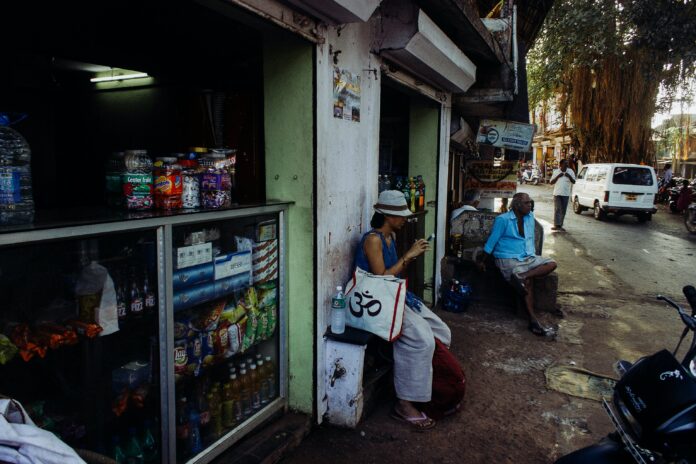The fast-moving consumer goods (FMCG) sector in India is grappling with a persistent challenge as rural growth remains sluggish for the second consecutive quarter in FY24. This is a concerning trend for FMCG companies, as rural areas contribute to over a third of their total sales. Despite the importance of a thriving rural economy for FMCG penetration, factors such as unpredictable weather patterns and food inflationary pressures have hindered consumption in these regions.
The July-September period witnessed a continuation of the lacklustre performance, echoing the trends observed in the preceding quarter. Companies such as Hindustan Unilever (HUL), Marico,
Dabur, and Godrej Consumer Products (GCPL) have reported muted volume growth, particularly in rural areas. The June quarter was marred by unseasonal rains, while the September quarter faced the dual challenges of uneven rainfall distribution and rising food prices.
Urban demand, in contrast, has remained resilient, offering a silver lining amid these challenging circumstances. According to NielsenIQ data, urban volume growth outperformed both rural volume growth and the overall FMCG volume growth by 200-300 basis points in Q2. While urban volume growth reached 10% in the September quarter, rural volume growth was at 7%, and the overall FMCG volume growth stood at 8%.

FMCG companies are cautiously optimistic about the future, with the upcoming festive season expected to provide a boost to demand. Rohit Jawa, HUL’s CEO & MD, highlighted the resilience of urban consumers and anticipated a gradual uptick in FMCG demand with the festive season’s tailwinds.
However, the sector remains watchful of global commodity price fluctuations, especially crude oil, which has exhibited volatility. Crop output and reservoir levels are also being closely monitored due to uneven monsoon distribution this year.
Several FMCG companies have pointed out that instances of rising food prices and below-normal rainfall distribution in specific regions have impeded the anticipated recovery in rural demand. Dabur India, for example, noted that weather uncertainty had impacted rural demand, and the delayed festive season has resulted in offtake related to festivals being postponed to the next quarter.
GCPL faced adverse effects from weak macros and weather conditions in Q2 but anticipates a better second half of the year with gradual improvements in volume growth.
While FMCG giants like Nestle India and ITC managed to buck the slowdown trend in Q2, analysts suggest that their business models differ from home and personal care majors such as HUL, GCPL, Dabur, and Marico. These major players have been impacted by a combination of weak pricing power and poor volume growth.
Nestle India, which primarily focuses on urban consumers, witnessed robust domestic sales growth, thanks to strong brand performance. ITC, on the other hand, credited its growth in both urban and rural markets to enhanced distribution expansion and last-mile execution.
Both Nestle and ITC are actively investing in innovation and renovation, launching new products throughout the year and during the September quarter, to maintain their growth momentum.
In summary, the FMCG sector’s struggle in rural areas persists, with factors like erratic weather patterns and food inflation affecting demand. The upcoming festive season may provide some respite, but companies are keeping a close watch on external factors like commodity prices and weather conditions as they navigate these challenging market conditions.




































